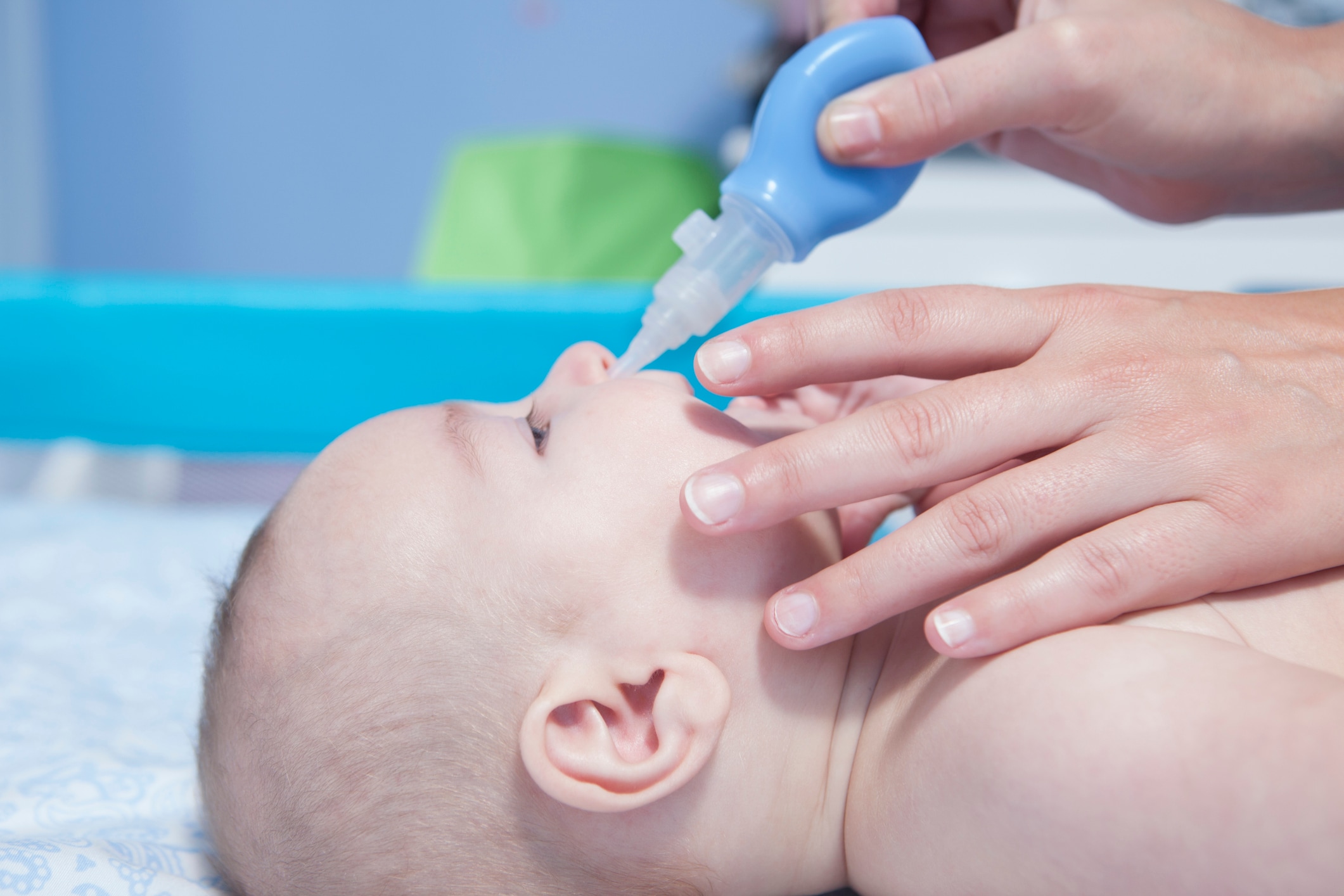In this article
Devices like infant swings, bouncy seats, strollers and baby activity centers can be lifesavers for parents and caregivers. But organizations like the Academy of American Pediatrics (AAP) are warning that keeping your baby in one of these devices for long periods of time can be detrimental to their physical development.
Container baby syndrome inhibits a baby’s movement and puts them at greater risk for delayed milestones and plagiocephaly (flat heads), according to the AAP. Pediatricians are seeing increased instances of the condition, which is why the organization, as well as the American Physical Therapy Association (APTA), have been urging parents and caregivers to take steps to prevent it.
As Brittany Ferri, an occupational therapist in Rochester, NY, notes, overusing these devices can cause muscular and sensorimotor delays. “They might be slower to learn to walk, crawl, move their arms, and hold their head up,” she explains. “This might be temporary, but it can also delay their growth in certain self-care skills such as feeding or dressing.”
Here’s what to know about container baby syndrome, including what causes it, how to prevent it and how it’s treated.
Key takeaways
- Baby containers like swings, bouncers, and car seats can be helpful, but too much time in them restricts movement and can hinder physical development. Prolonged use is linked to delayed motor milestones and conditions like flat head syndrome.
- Container baby syndrome happens when babies spend more time restrained than moving freely, limiting opportunities to build core strength and coordination. Pediatric experts warn this can affect skills like rolling, sitting, crawling and even feeding or dressing.
- Prevention centers on balance: limit container use to short sessions and prioritize floor play and tummy time throughout the day. When possible, holding or baby-wearing supports healthier development than extended time in restrictive devices.
What is container baby syndrome?
Container baby syndrome happens as a result of a child spending too much time in container-like devices — such as car seats, swings, and bouncy chairs — which can restrict a baby’s movement, says Dr. Pierrette Mimi Poinsett, a pediatrician and consultant for Mom Loves Best.
As Michele Schwartz, pediatric occupational therapist and founder of The Virtual Pediatric OT, explains, the more time a baby spends in one of these devices, the less time they are likely to spend on the floor, stretching, moving and interacting with others. In turn, they’re unable to develop the core muscle strength and control necessary for rolling, sitting and standing, says Schwartz.
Eden S., a mom of three, found herself relying heavily on containers when her third baby was born. He had a condition called laryngomalacia, a birth defect characterized by the softening of the tissues above the larynx (voice box) that can be a common cause of “noisy breathing” and reflux. Eden’s pediatrician told her that propping him up in a container-style device might help.
But the Chicago-based mom also found herself relying on these devices for convenience. “With three kids, there’s absolutely no way I could hold him all the time, so the natural options were swings, bouncers, the Rock and Play,” she shares. The problem was that her son developed flat spots on his head and wasn’t able to develop the core strength and head control to meet his milestones.
“Leaving a baby in containers does not allow the baby to wiggle, kick or move the head from side to side. These movements are essential in developing proper strength and movement.”
— Dr. Pierrette Mimi Poinsett, pediatrician
Long-term effects of container baby syndrome
“Leaving a baby in containers does not allow the baby to wiggle, kick or move the head from side to side,” says Poinsett. “These movements are essential in developing proper strength and movement.”
That said, Poinsett notes that the possible effects of prolonged use of containers include:
- Plagiocephaly (flattening of the back of the head).
- Torticollis (tightening of one side of the neck).
- Decreased strength of hips and legs.
- Delayed motor milestones such as rolling over, sitting and crawling.
How to prevent container baby syndrome
The AAP notes that, on average, babies spend a whopping six hours in containers. Schwartz recommends that you limit your baby’s time in a container to only “a few” 20-minute sessions per day.
A basic rule of thumb: When you have access to a floor in a baby-proofed room where you can supervise and interact with your child, opt for tummy time over a container, says Ferri.
The AAP recommends that infants do tummy time three to five minutes a day, two to three times each day. Tummy time should increase with age.
Importantly, tummy time, which Poinsett calls “crucial for developing bodies,” helps your baby build their gross motor skills, so that they will be able to roll, sit, crawl and walk.
Babies can engage in tummy time on their back or side. When they aren’t engaging in tummy time, holding your baby or wearing them in a baby carrier is better for their development than extended time in a container, adds Poinsett.
Types of containers to avoid
Any device that “contains” your baby and restricts their movement can be a problem, if they are left there for prolonged periods. Poinsett warns against excessive use of the following devices:
- Infant car seats.
- Strollers.
- Baby jumpers.
- Bouncy chairs.
- Infant swings.
- Baby walkers and activity chairs.
- Nursing pillows.
How to treat container baby syndrome
Although you’ll want to preempt container baby syndrome altogether, physical and occupational therapists can provide a range of therapeutic exercises to strengthen a child’s muscles and prevent or address developmental delays if and when they occur, says Ferri.
Eden’s baby received therapy twice a week for a year through an early intervention program. This, in addition to wearing a cranial helmet that treats plagiocephaly, solved the developmental issues caused by container baby syndrome. Still, Eden wishes she had taken her doctor’s advice when he had mentioned his need for adequate tummy time.
While you may be surprised to learn that so many common devices used to keep babies occupied and soothed can be problematic if overused, you can take heart in the fact that knowledge is power. Limiting your baby’s time in these devices while increasing activities such as tummy time can preempt the condition altogether.





